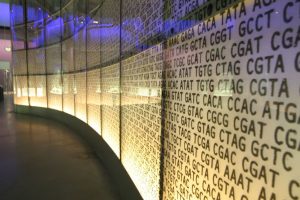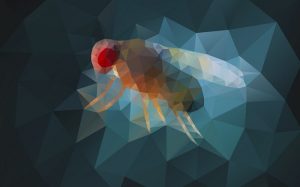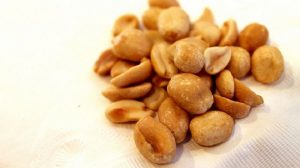Enter your address to receive notifications about new posts to your email.
Articles tagged Bioinformatics
(23 results)
-
Early Career Leadership Spotlight: Jadson C. Santos (Jall)
Jadson C. Santos (Jall) Career Development Subcommittee University of São Paulo Research Interest I have carried out research in various scientific areas—among them, human genetics, bioinformatics, structural biology of proteins, and molecular immunology. I’ve always been passionate about science, but the molecular world sparked my imagination and attracted me more than any other area. Currently,…
-
How bioinformatics can help fill the therapeutic drug pipeline
Written by members of the GSA Early Career Scientist Communication and Outreach Subcommittee: Angel F. Cisneros Caballero, Université Laval; Adelita Mendoza, PhD, Washington University; Narjes Alfuraiji, University of Manchester; Anna Bajur, Max Planck Institute of Molecular Cell Biology and Genetics During the current global pandemic, public attention is increasingly falling on the process of drug…
-
Finding fresh mutations
Improved duplex sequencing identifies spontaneous mutations in bacteria without long-term culturing. Spontaneous mutations are the driving force of evolution, yet, our ability to detect and study them can be limited to mutations that accumulate clonally. Sequencing technology often cannot identify very rare variants or discriminate between bona fide mutations and errors introduced during sample preparation.…
-
Does Candida grow on trees?
An opportunistic human pathogen makes itself at home on old oaks. At one point or another, most people have played host to the common yeast Candida albicans. Around 40-60% of healthy adults carry around it in their mouth or guts; in immunocompromised people, however, this normally harmless cohabitant becomes a deadly pathogen. Generally thought to…
-
From sequence to centimeters: predicting height from genomes
Machine learning and access to ever-expanding databases improves genomic prediction of human traits. In theory, a scientist could predict your height using just your genome sequence. In practice, though, this is still the stuff of science fiction. It’s not only your genes that affect height—environment also plays a role—but the larger problem is that height…
-
Nanopore sequencing of 15 Drosophila genomes
Low-cost sequencing closes gaps in fly genomes. Genetic sequencing technologies have revolutionized biological science, and regular advances in these tools continue to deliver better genomic data—more accurate and more useful—at a lower cost. In G3: Genes|Genomes|Genetics, Miller et al. report the genomes of 15 Drosophila species sequenced using Oxford Nanopore technology. Their work improves on…
-
Drosophila development in the drink
A fruit fly model of fetal alcohol spectrum disorder reveals a Cyclin E-centric network modifies developmental sensitivity. Alcohol exposure in utero can lead to a wide range of developmental problems, even causing fetal death in some cases. But since this exposure doesn’t always have the same outcome, is it more likely to be a problem…
-
Navigating the maize of heritable epigenetic change
Tissue culture causes heritable methylation changes in plants. Tissue culture is a useful tool for plant scientists and horticulturalists in large part because it allows them to produce clones. Inconveniently, however, these clones are not always identical to the original, as one might expect them to be. In a report in GENETICS, Han et al.…
-
Enhancing our view of enhancers
GC content alone is associated with distinct functional classes of human enhancers. Because enhancers can be located hundreds of kilobases away from their target genes, it can be challenging to accurately predict their functions. A new report in GENETICS uses sequence composition to distinguish two enhancer classes that have distinct functions and spatial organization in humans.…
-
Antibiotic resistance beyond the hospital
A strain of Staphylococcus epidermidis isolated from a hotel room may provide insight into how resistance develops outside of medical settings. Although intense research and media interest has focused on drug-resistant bacteria in hospital settings, resistance can and does evolve outside the clinic. Methicillin-resistant Staphylococcus epidermidis is often isolated from infections of medical devices, but…
-
Poisoned peanuts: insights into aflatoxin susceptibility
Expression analysis provides clues about what makes some peanut strains more susceptible to fungal toxin contamination. In 1960, 100,000 turkeys across hundreds of English poultry farms died from aflatoxin contamination in the peanut meal in their feed. Aflatoxin is a potent carcinogen produced by fungi of the genus Aspergillus, which can grow on peanuts. Although…












